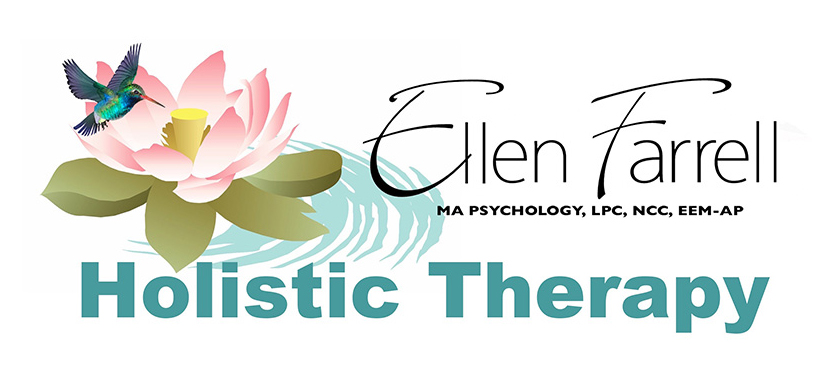History of Yoga
NESTA Sport Yoga, Essay
By Ellen Farrell, MA, NCC, LPC, EEM-AP, certified Instructor, NESTA Sport Yoga
At least two regions may have contributed to the development and teaching of yoga principles. With its shamanistic roots, a “Neolithic settlement” named Mehrgahr (now Afghanistan), had many parallels to early yoga/Hinduism. Some of the earliest records of human civilization were also in the Indus River Valley where the sophisticated Indus-Sarasvati civilization existed (in what is now Pakistan/India). Both have goals of understanding how to apply inner knowing and transcendence to daily life, and healing communities. Also, 5000-year-old artifacts and records substantiate the claim that the practice and its related theories existed. Ceramic stone seals found in archaeological excavations (3000 -2700 and 1750 BC) revealed depictions of yoga postures being practiced, and officially “put yoga on the map”.
The Indus civilization was reportedly the largest and most modern of its time, with trade exported throughout the Middle East and Africa. Until the Sarasvati River dried up, due to a tectonic shift around 1900 BC, this was a thriving community. Some sources attribute decline to an invasion by “Aryan Barbarians”. Much of this civilization migrated south toward the Ganges River region, where around 1000 BC, a new civilization rose up.
The writings for which the Indus are known are the Vedas (Vedic period, 1750-800 BC). The Rig Veda was the first text to mention the word “yoga” as a discipline. They are the oldest scriptures in the world about Hinduism and how to live in divine harmony. Teachers of these texts later wrote about many of the rituals/rules for spiritual practices. The Brahmanas and Upanishads expanded on the Vedic literature, but did not go into detail about how to practice asanas.
New writings (Pre-Classical period – 800 BC to 600–500 BC) offered an alternative approach to liberation from suffering/karma. The Vedic tradition espoused externally sacrificing in order to achieve peace and abundance (karma yoga) – the “secret teachings” of the Upanishads involved inner sacrifice of ego to higher knowing (jnana yoga), and revolved around connecting the breath and mind through sounding “Om”/ breath control, renunciation, concentration, meditation, and contemplation, and absorption. The Bhagavad-Gita later became part of the eighth chapter of the Mahabharata epic (500 BC-300 BC), which is a “poem on yoga”. The Gita has had a profound impact on the culture of Hinduism. It combined three yogic approaches:
the paths of service, wisdom, and devotion. The Gita also refers to Buddhi yoga, which combines karma/action, and jnana/knowledge principles.
Around 560 BC, Siddartha Gautama was born. He is said to have achieved enlightenment (Buddha) at age 35. His practice of yoga influenced its growth, and his religion gained popularity as an alternative to Hinduism.
The predecessor to Patanjali was Kapila (400-200 BC) who delivered a “radical” teaching called Samkhya, which became the foundation for the mainstream view on yoga philosophy. Samkhya taught that the Divine doesn’t create the ‘seen’ world, and attachment causes suffering. With his Yoga Sutra Patanjali, the “father of modern yoga” (200-800 BC) standardized and defined Classical Yoga.
He espoused an eightfold path (self-disciplines), dualism, and a higher self/universal consciousness concept. The idea of dualism, and focus on meditation over practice of asanas, was later rejected. The Post Classical period to present day includes more holistic approaches and the introduction of Tantra, and Hatha yoga (9th-13th century), which saw the reason of suffering as the illusion of opposites.
In the late 1800’s, many gurus (Krishnamacharya, Krishnamurti, Yogananda, etc.) spread their yoga teachings, mostly derived from the Hatha influenced postures. Popularity and continued evolution of such practices (i.e., Iyengar, Kundalini, Ashtanga, Bikram, Sai) continues today as a tool to manage stress, support health and develop spiritually.



